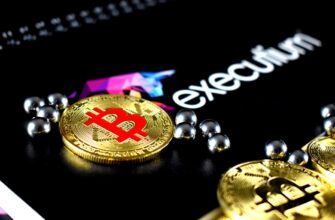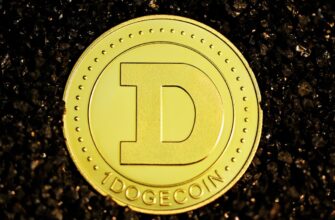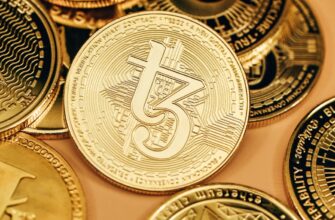- What Is an Ethereum ERC20 Wallet?
- Types of ERC20 Wallets
- How to Choose the Best Ethereum ERC20 Wallet
- Top Ethereum ERC20 Wallets in 2023
- How to Set Up and Use an ERC20 Wallet
- Security Best Practices for ERC20 Wallets
- FAQs About Ethereum ERC20 Wallets
- 1. Is MetaMask an ERC20 Wallet?
- 2. Can I Store Multiple ERC20 Tokens in One Wallet?
- 3. Are ERC20 Wallets Safe?
- 4. How Do I Transfer ERC20 Tokens?
- 5. What If I Lose Access to My Wallet?
What Is an Ethereum ERC20 Wallet?
An Ethereum ERC20 wallet is a digital tool designed to store, send, and receive ERC20 tokens, which are cryptocurrencies built on the Ethereum blockchain. Unlike standard Ethereum wallets that only handle ETH (Ethereum’s native currency), ERC20 wallets support tokens created using Ethereum’s ERC20 technical standard. These tokens power decentralized applications (dApps), decentralized finance (DeFi) platforms, and other blockchain-based services.
Types of ERC20 Wallets
- Hardware Wallets: Physical devices like Ledger or Trezor for offline storage.
- Software Wallets: Desktop or mobile apps such as MetaMask or Trust Wallet.
- Web Wallets: Browser-based options like MyEtherWallet (MEW).
- Paper Wallets: Physical printouts of private keys (less common today).
How to Choose the Best Ethereum ERC20 Wallet
Selecting the right ERC20 wallet depends on your priorities. Here are key factors to consider:
- Security: Look for features like two-factor authentication (2FA) and multi-signature support.
- User Experience: Intuitive interfaces benefit beginners.
- Token Support: Ensure compatibility with the ERC20 tokens you own.
- Fees: Check transaction (gas) fees and wallet service costs.
- Reputation: Opt for wallets with strong community trust and regular updates.
Top Ethereum ERC20 Wallets in 2023
- MetaMask: A browser extension and mobile app with DeFi integration.
- Ledger Nano X: A hardware wallet supporting 1,800+ ERC20 tokens.
- Trust Wallet: A mobile-first wallet with staking and dApp access.
- MyEtherWallet (MEW): A web-based wallet with open-source transparency.
- Trezor Model T: A secure hardware option with touchscreen convenience.
How to Set Up and Use an ERC20 Wallet
- Download your chosen wallet from the official website or app store.
- Create a new wallet and securely back up your recovery phrase.
- Add ERC20 tokens by selecting “Add Token” and entering the contract address.
- Send/receive tokens using your wallet’s public address.
Security Best Practices for ERC20 Wallets
- Never share your private keys or recovery phrase.
- Enable 2FA and biometric authentication if available.
- Keep software updated to patch vulnerabilities.
- Verify contract addresses before adding new tokens.
- Avoid clicking suspicious links to prevent phishing attacks.
FAQs About Ethereum ERC20 Wallets
1. Is MetaMask an ERC20 Wallet?
Yes, MetaMask supports all ERC20 tokens and integrates seamlessly with DeFi platforms.
2. Can I Store Multiple ERC20 Tokens in One Wallet?
Yes, most ERC20 wallets allow you to manage hundreds of tokens simultaneously.
3. Are ERC20 Wallets Safe?
Security depends on the wallet type and user practices. Hardware wallets offer the highest protection.
4. How Do I Transfer ERC20 Tokens?
Use your wallet’s “Send” feature, enter the recipient’s address, and confirm the transaction.
5. What If I Lose Access to My Wallet?
Use your recovery phrase to restore access. Without it, funds may be permanently lost.
By choosing a secure ERC20 wallet and following best practices, you can safely manage your tokens and participate in Ethereum’s growing ecosystem.







